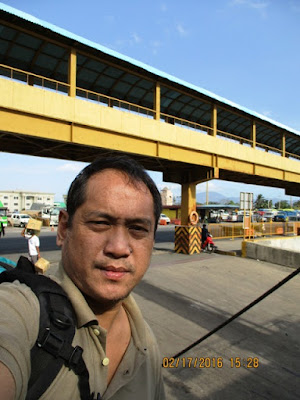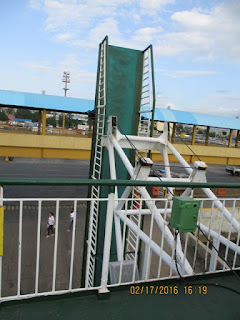Taal, Batangas is full of old houses, and so for an old house nut like me a weekend in Taal is always lovely. It's only 3 hours away from Metro Manila, and the drive is pleasant (take Batangas, not Tagaytay).
The town itself is small enough so you can walk around from market to church to cute cafe with WIFI. In Taal the old houses have been turned into family museums or bed-and-breakfasts, each with its own set of charms.
We wandered around the town of Taal despite the heat of the sun. Having no map on hand, we walked around aimlessly; our goal was to reach Caysasay Church, the other old church, at the far end of the municipality.
We were cordially greeted by two Filipiniana-dressed guides who welcomed us to check the old house. We were more than glad to do so.
Passing several old houses, we were surprised that a few were open to visitors like us. One of these was the ancestral home of the Goco Clan.
My Photosgoot in Goco Ancestral House
Built in 1876, this is a classic well preserved Bahay na Bato located in front of Villavicencio Casas . It is the ancestral house of former Ambassador Raul Goco, son of Juan Cabrera Goco, who was Treasurer of the Filipino Revolutionary Movement. This house is not open to the public, walking tour only.
For a nice getaway from the hustle and bustle of Manila, go to Taal in Batangas. Short, pleasant drive on Tollway. Taal, is a wonderful heritage village, they've preserved the genteel feel of times gone by;
















































































































